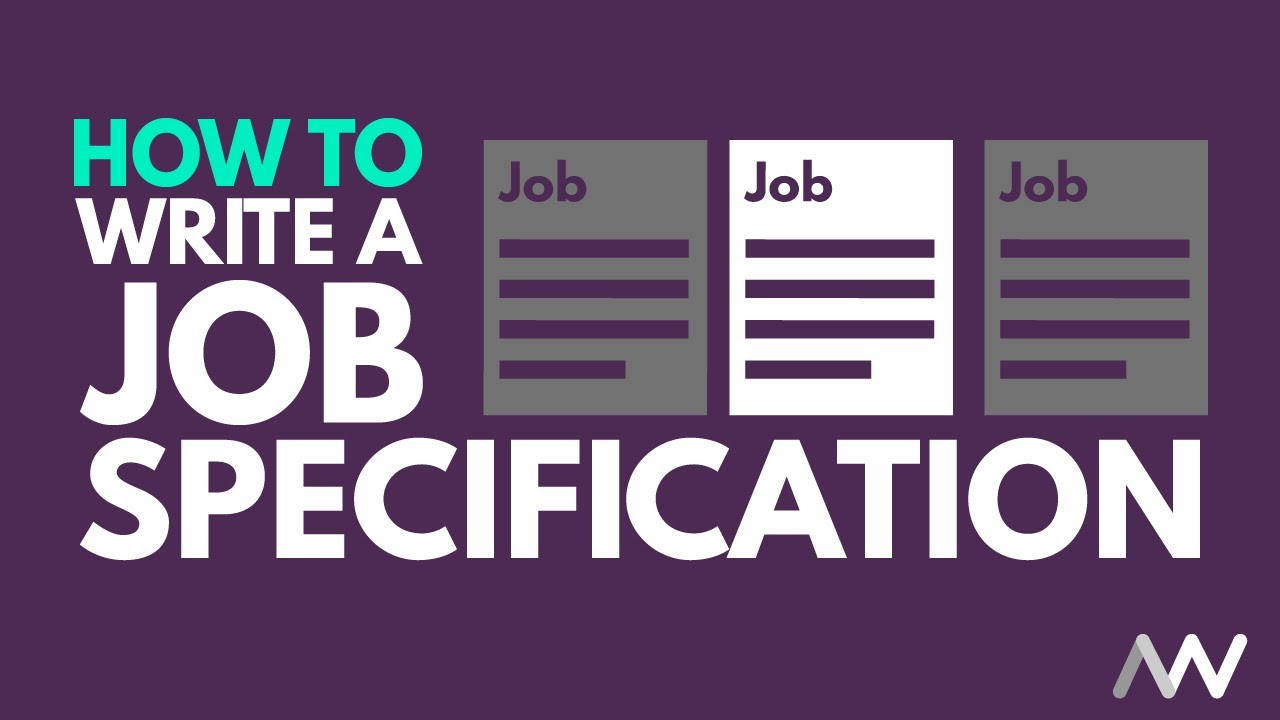
Writing a job specification: key considerations
Job specifications, often referred to as job specs, play a pivotal role in streamlining recruitment processes and saving valuable time. Without them, recruitment teams may struggle to identify suitable talent.
What is a job specification?
A job specification is a detailed document that outlines the specific qualifications, skills, responsibilities, and requirements for a particular job position. It serves as a blueprint for recruiting and evaluating candidates, ensuring a good fit for the role.
Typically, hiring managers take charge of drafting job specifications. In smaller businesses, senior management employees may shoulder this responsibility or even undertake the task independently.
Why is a job specification important?
Job specifications are pivotal for several reasons. They expedite HR managers' work and simplify the process of identifying ideal candidates. Furthermore, a well-structured job specification streamlines recruitment, setting clear expectations from day one.
What should go into a job specification?
A job specification comprises various vital elements that require comprehensive coverage.
- Education Requirements: Your company may require candidates with specific qualifications for the role. These qualifications might include A-levels, undergraduate or master's degrees, or specialized degrees related to the position, such as engineering degrees for engineering roles.
- Licenses, Certifications, and Credentials: Not all roles necessitate extensive education; some prioritize licenses, certifications, or credentials. For instance, teaching roles may require applicants to possess relevant teaching certifications.
- Relevant Experience: Depending on the position's level, employers may stipulate a requisite amount of relevant work experience. Entry-level positions may not require prior work experience, with training provided on the job. Senior management roles may necessitate experience in leadership or team management.
- Skill Requirements: Before crafting a job specification, employers and HR managers determine the specific skills essential for the role based on its responsibilities. These skills could encompass proficiency in computer software, leadership abilities, experience with specific software or programs, and problem-solving skills.
- Physical Demands: Certain roles entail physical demands, such as heavy lifting, prolonged standing, or working in extreme weather conditions. For instance, a bricklayer needs the physical strength to lift bricks and endure varying weather conditions. Clearly outlining these physical demands helps prospective applicants assess their suitability.
- Personality Traits: Some roles require applicants to possess specific personality traits, including emotional characteristics such as composure in intense situations and the ability to maintain confidentiality. For instance, mental health roles necessitate candidates with high emotional intelligence. Thus, the job specification may emphasize the importance of managing patients in emotionally charged situations.
Tips for writing a job specification
Now that you understand what should be included in a job specification, you can embark on its creation:
Reference Sample Job Specifications: Reviewing sample job specifications, especially those relevant to your industry or the role you are recruiting for, can provide valuable insights into the criteria sought by other employers and competitors.
Regularly Review and Update: In an ever-evolving work environment, periodically reviewing your job specifications is essential. Changes in role responsibilities or circumstances can render certain specifications outdated.
Promote Inclusivity: Avoid discrimination against individuals with protected characteristics when drafting a job specification. Inclusivity is a fundamental aspect of creating fair and equitable job specifications, aligning with the Equality Act 2010, which defines these characteristics.
In conclusion, mastering the art of job specifications is crucial for businesses aiming to attract and hire the right candidates. By understanding the components of a job specification and following best practices in its development, organizations can streamline their recruitment processes, ensure alignment between employee qualifications and job requirements, and maintain inclusivity.
Visit this link to see an example job specification.
The differences between job specification and person specifications can be found in this article.
Writing a person specification in isolation can be helped with this article.
Navigate our advice on recruitment planning:
by clicking the following icons:
Date published: 1st August 2025

by Rob Scott
Managing Director
"Excellent company to deal with.. Helpful from start to finish"
John Uttley


About the author
Rob Scott
Please call us to discuss your vacancy
From our blog
Our employers say...
Our candidates say...






